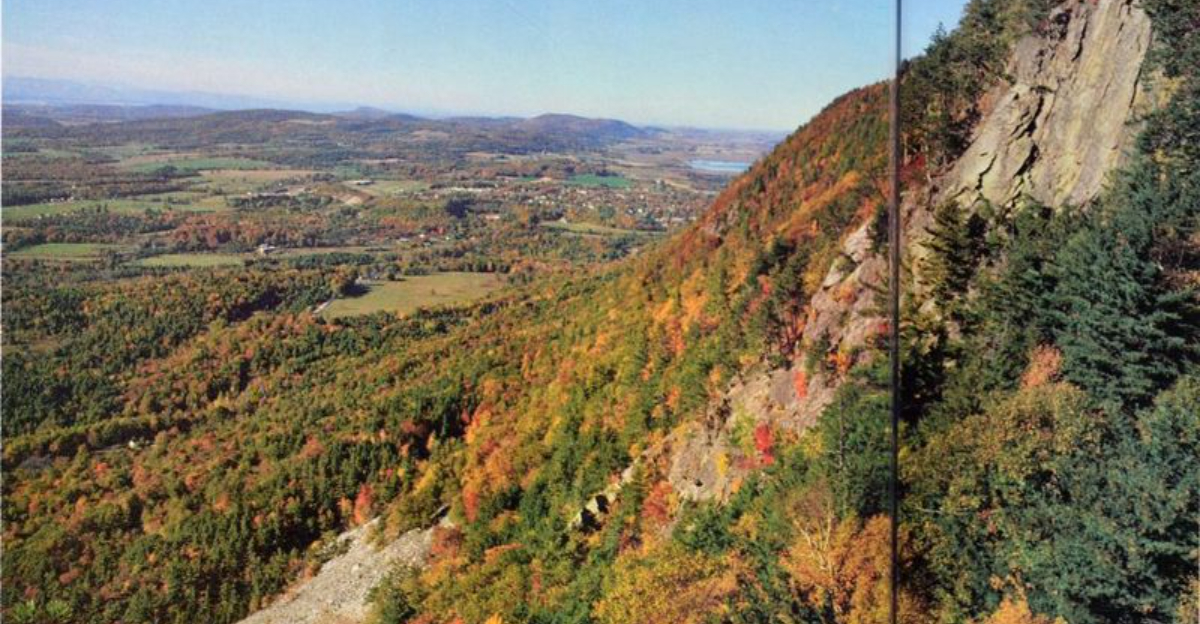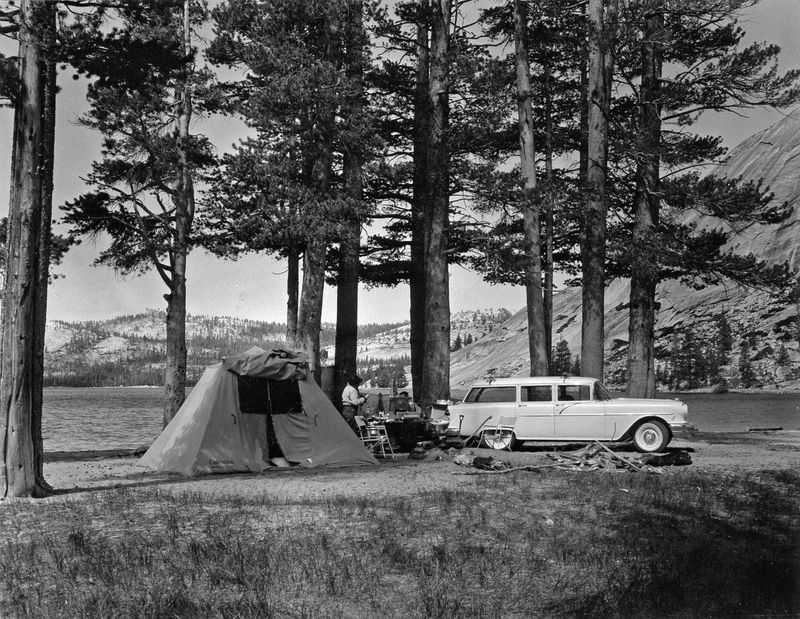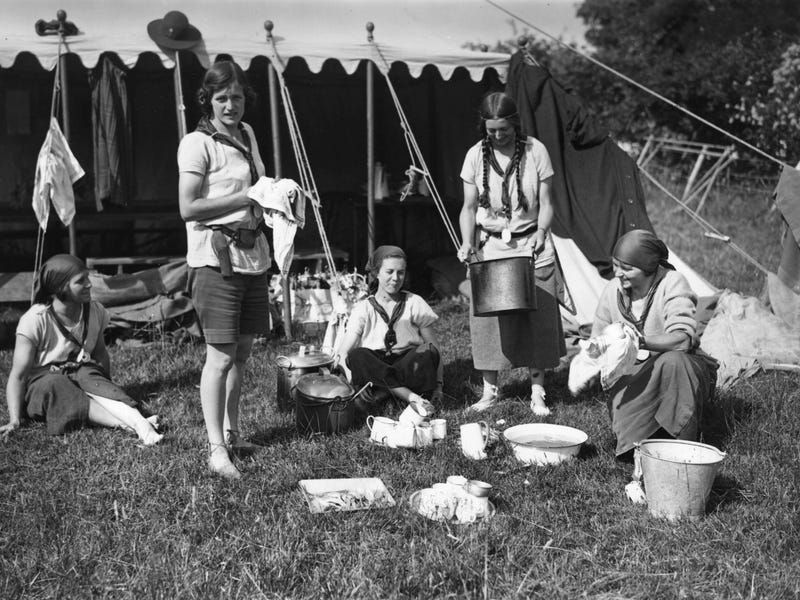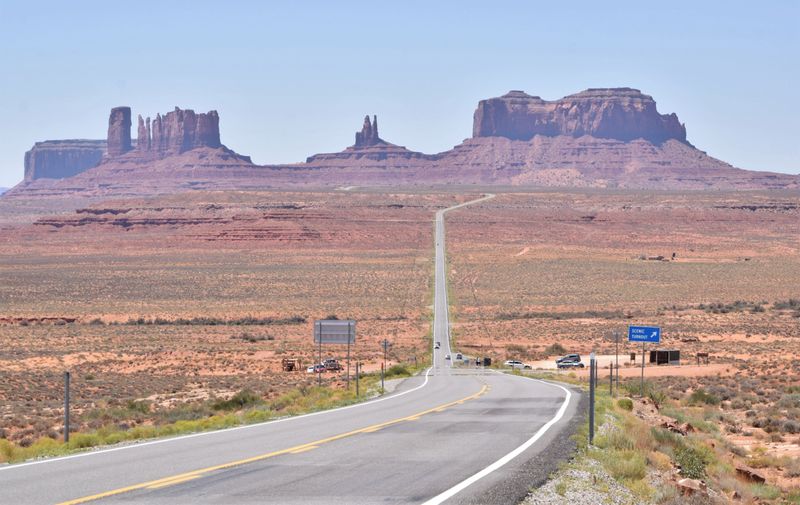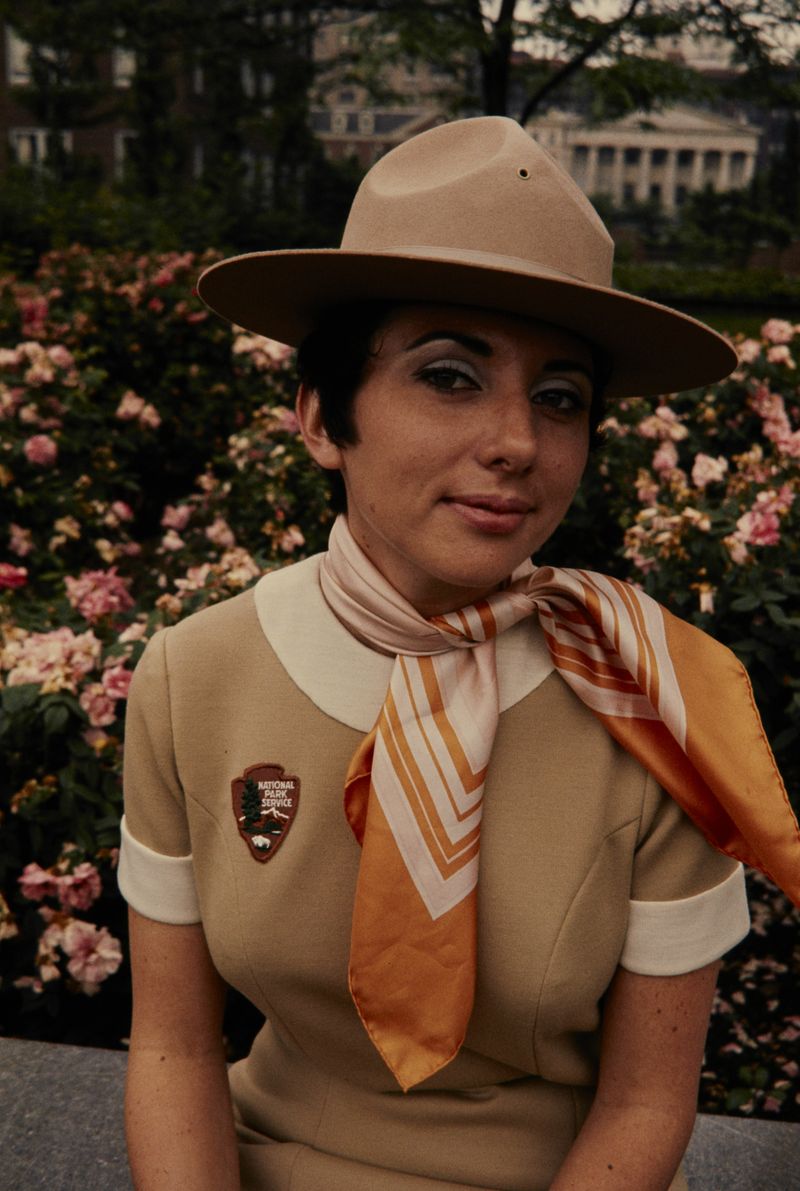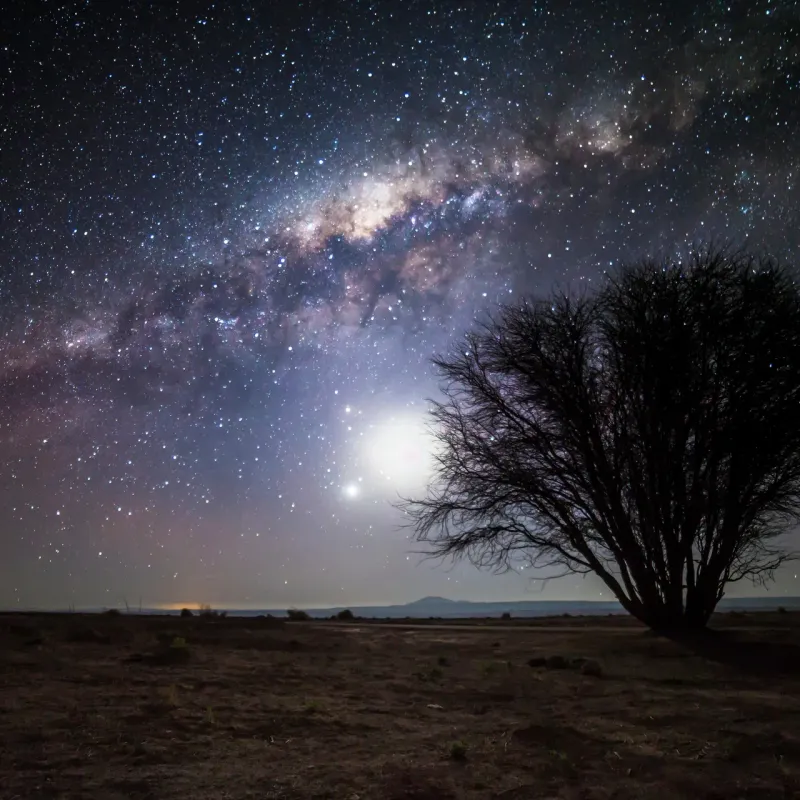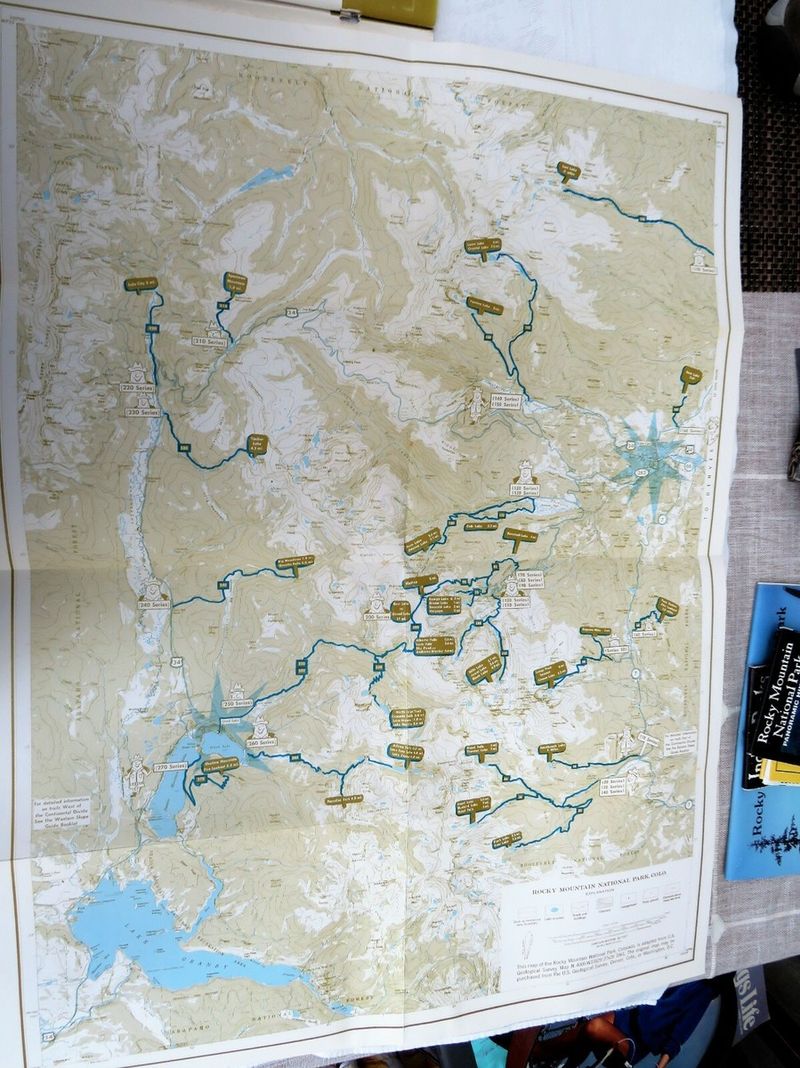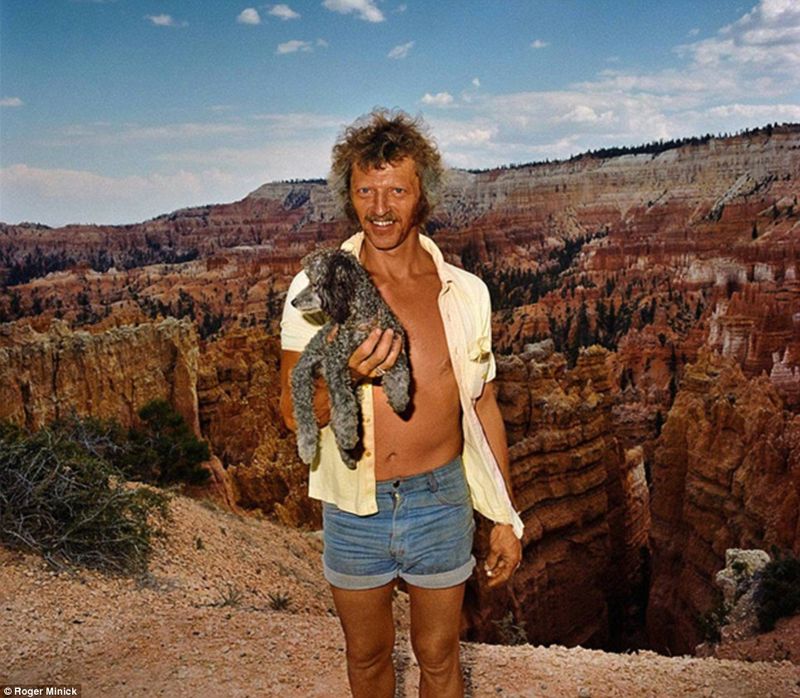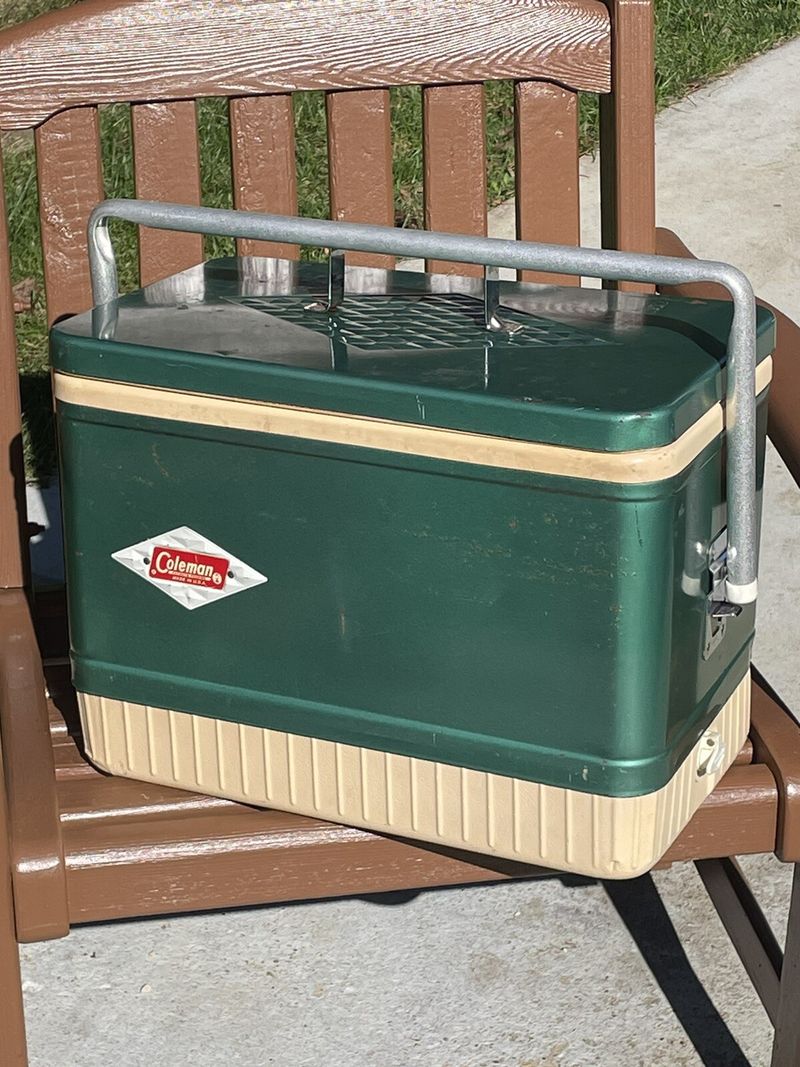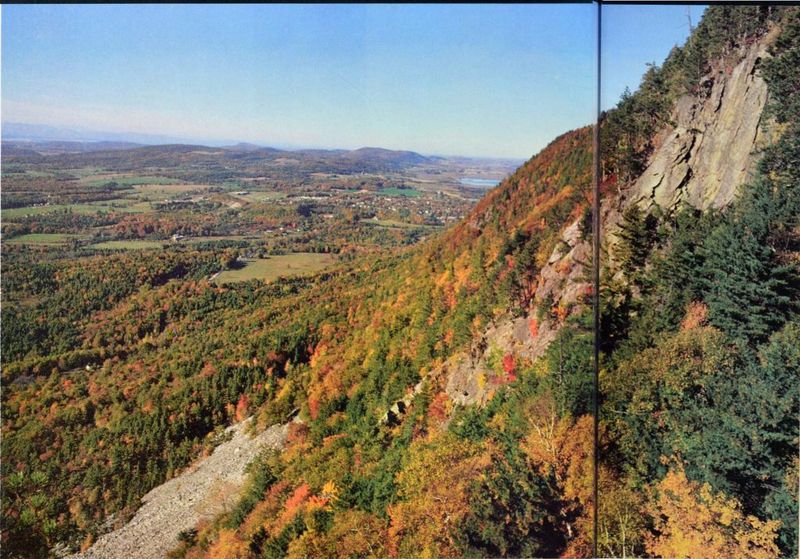Explore the nostalgic era of visiting national parks in the ’60s, ’70s, and ’80s, a time when spontaneity and simplicity shaped the experience.
This blog post delves into the unique aspects of park visits before modern conveniences and crowds took over.
1. No Reservations Needed
Back in the day, the concept of reservations for national parks was unheard of. Families enjoyed the thrill of spontaneity, hitting the road with only a map and a spirit of adventure. Arriving at campgrounds was a first-come, first-served affair. The sense of freedom and unpredictability added to the excitement, as travelers embraced the unknown. The open road led them to new discoveries, unplanned stops, and unforgettable experiences.
2. Simple Campgrounds and Gear
Camping in the ‘60s and ‘70s meant simple pleasures and basic gear. Tents were heavy canvas, coolers were metal with ice blocks, and lanterns were fueled by hand. There was no glamping, just rustic living. This simplicity made the connection with nature more profound, as technology played no role in the experience. Families bonded over campfires, telling stories under the stars, with nothing but the basics to rely on.
3. Open Roads and Scenic Drives
Imagine driving for miles without encountering traffic, the roads wide open and inviting. In the ‘80s, national park roads were less crowded, offering breathtaking scenic routes. Wildlife sightings were more common than human encounters. Each journey felt like a personal adventure, with nature on full display. These drives were not just about reaching a destination but savoring the journey itself, every curve revealing a new vista.
4. Ranger Storytellers
Rangers were more than guides; they were storytellers. Their campfire talks and guided hikes were highlights for park visitors. In the ‘70s, these programs were intimate, with small groups gathering around to hear tales of the park’s history and wildlife. Kids eagerly earned their Junior Ranger badges, cherishing these badges as a rite of passage. The personal connection formed with rangers made each visit memorable.
5. Diorama-Filled Visitor Centers
Visitor centers in the past were like time capsules. With dioramas, taxidermy, and maps, they offered a tactile learning experience. Without digital distractions, visitors engaged deeply with the exhibits. The simplicity of these displays inspired curiosity and wonder. It was a chance to learn about the park’s ecosystems and history through hands-on interaction. These centers were gateways to understanding the wild world outside.
6. Sleeping Under the Stars
Sleeping in national parks in the past meant real immersion in nature. With no light pollution, the night sky was a sparkling canvas of stars. Campfires crackled gently, and the sounds of the wild were the only soundtrack. Unplugging from the world offered a rare peace, where the Milky Way was visible in all its glory. Each night brought a sense of wonder, as visitors truly slept under the stars.
7. Faded Trail Signs and Paper Maps
Navigation was a different game in the pre-digital era. Hikers relied on paper maps, and faded trail signs guided their paths. Getting lost was part of the adventure, inviting exploration and discovery. Each trail promised a mystery to uncover. The absence of GPS made every hike a challenge and a joy, as visitors forged their paths with only their wits and a trusty map in hand. It was navigation at its purest.
8. Film Photography and Patience
Photography was an art of patience. With only 24 shots per roll, each click of the camera had to be intentional. There were no instant previews, just the anticipation of developing film weeks later. The uncertainty added to the thrill, capturing genuine moments and emotions. Photographers embraced the challenge, knowing each image was a unique memory. The timeless beauty of parks was preserved in film, treasured forever.
9. Limited Concession Stands – Bring a Cooler
Concession stands were rare sights, so visitors packed coolers full of homemade food. Picnics became an event, with simple sandwiches and snacks savored amidst stunning views. The lack of dining options emphasized self-sufficiency and creativity. Families cherished these meals, often shared with fellow travelers. The absence of modern conveniences fostered a sense of community, as food was a shared joy in the heart of nature.
10. Nature’s Untouched Magic
National parks once felt like personal sanctuaries. In the ‘70s and ‘80s, they were quieter, with fewer visitors. This solitude allowed for a deeper connection with nature. Waterfalls, valleys, and peaks seemed untouched, offering a raw, unpolished beauty. Each discovery felt personal, a secret between the traveler and the land. This unspoiled magic was the essence of park visits, creating memories that lasted a lifetime.
